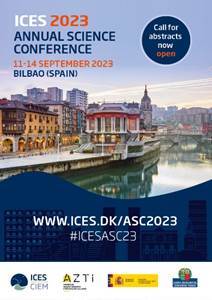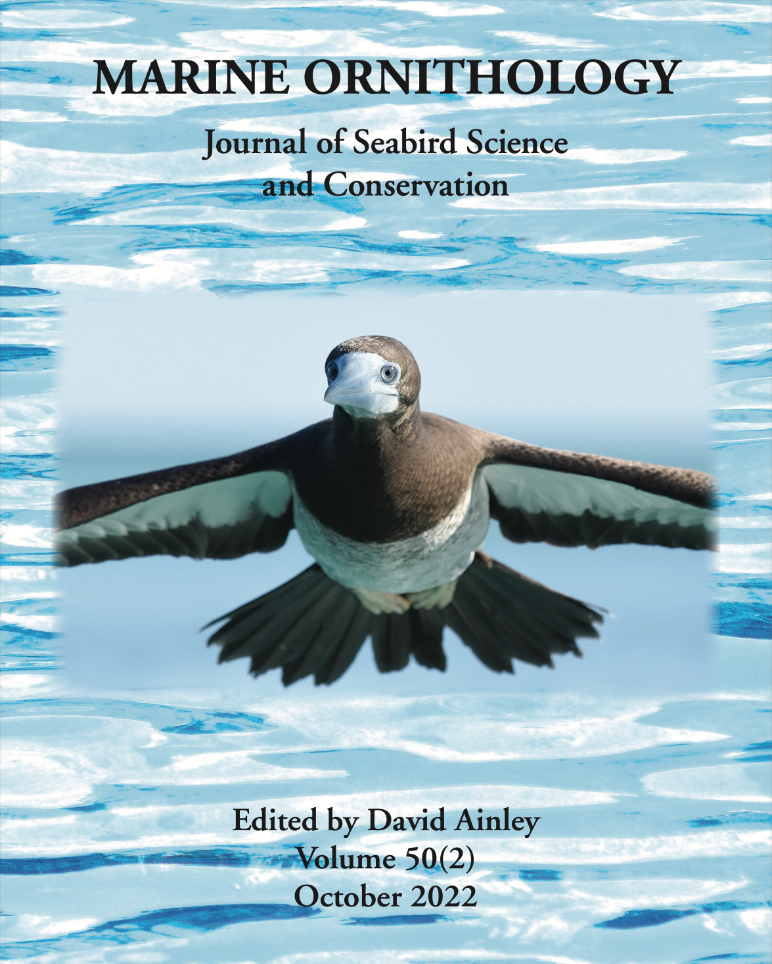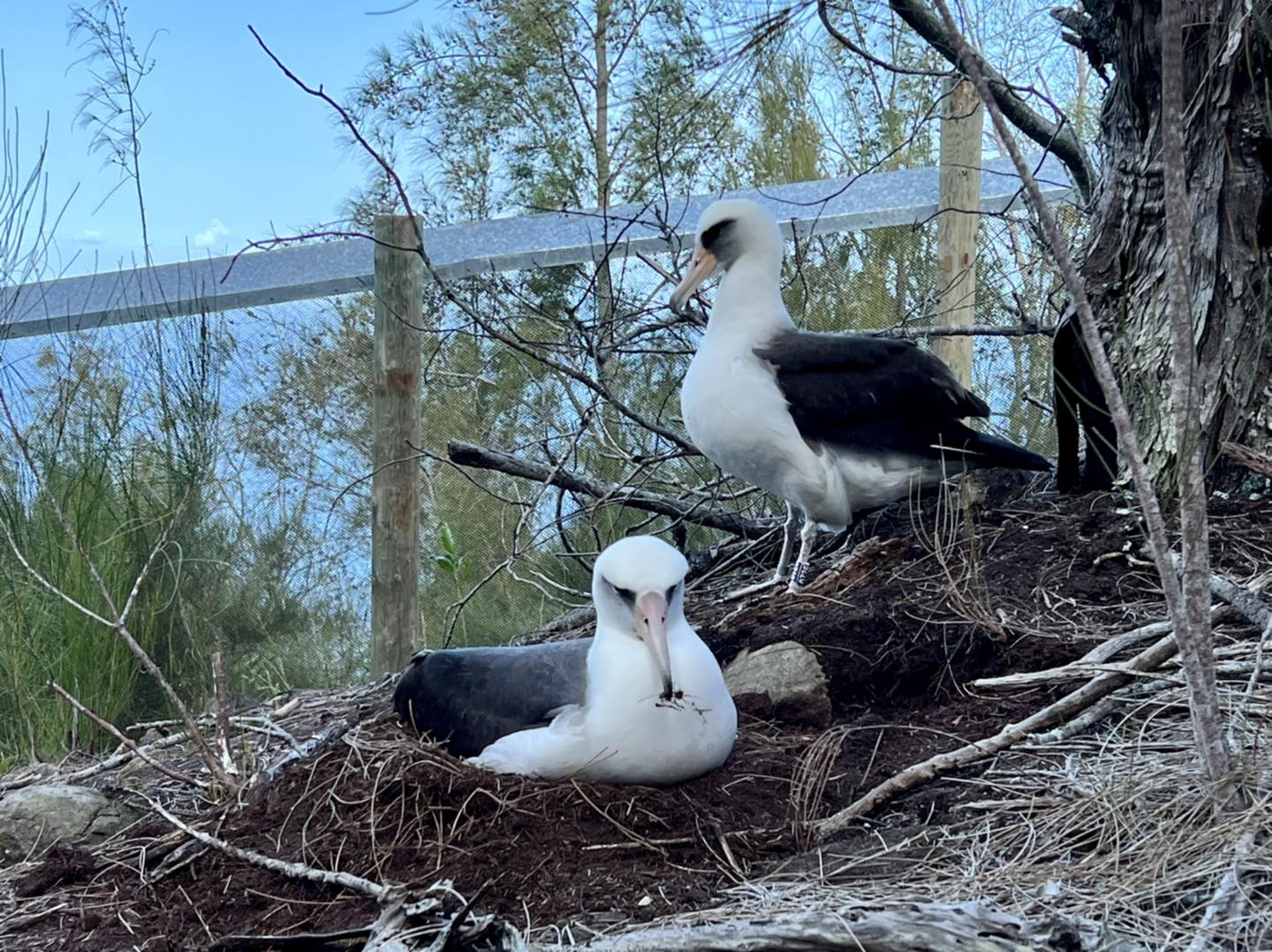
This Laysan Albatross pair seems safe from climate change 500 m above the sea in the Kuaokala Game Management Area on Oahu, photograph from Pacific Rim Conservation
For some years, ACAP Latest News has regularly reported on conservation management activities on two of the main islands of Hawaii that are directed at creating and enhancing breeding opportunities safe from sea level rise for two ACAP-listed albatrosses, the Black-footed Phoebastria nigripes and Laysan P. immutabilis. To keep readers up to date, here are snippets of news of the current breeding season that have been gleaned from recent social media posts.
Kauai
Twenty-eight fertile Laysan Albatross eggs collected from the Pacific Missile Range Facility (PMFR) were placed in nests that contained infertile eggs (as deduced by candling, watch a video) over two days by a team led by the environmental NGO, Pacific Rim Conservation. Localities where foster eggs were placed included the Kilauea Point National Wildlife Refuge, Na Aina Kai Botanical Gardens and sites in private ownership on the island. Since 2009, more than 523 eggs, that would have otherwise been destroyed at the PMFR in order to reduce the risk of collisions with aircraft, have been placed in foster nests.
Read more about this project here and watch a video by Hob Osterlund (Founder of the Kauaʻi Albatross Network) of a translocation taking place at a nest with a female-female pair that had laid two infertile eggs.
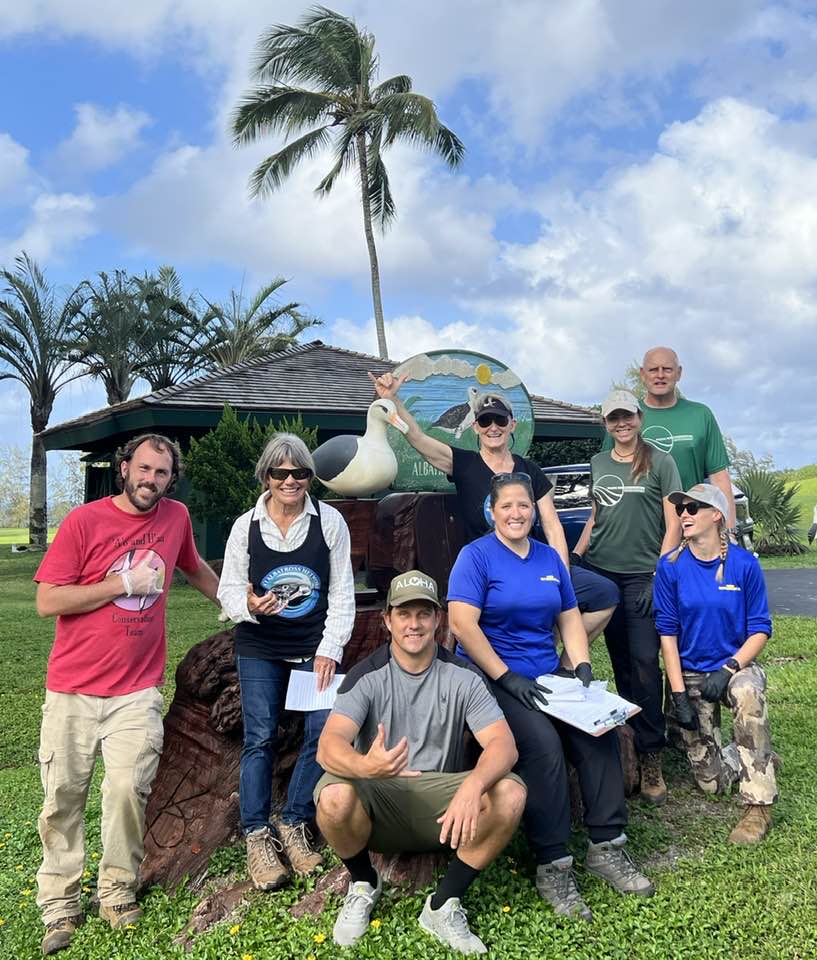
“May they live long and Trossper”. The December 2022 egg foster team from Pacific Rim Conservation, Pacific Missile Range Facility and the Kauaʻi Albatross Network, along with a private landowner, photograph by Hob Osterlund
According to the December issue of Wild Times (the online newsletter of the Friends of Kauai Wildlife Refuges), the total number of breeding attempts by Laysan Albatrosses within the Kilauea Point National Wildlife Refuge for the 2022/3 breeding season stands at 132, “which, we are delighted to share, is higher than last season” (click here). The breeding albatrosses within the refuge are due to receive better protection this season as a predator-proof fence that will keep out feral pigs and stray dogs is being erected (click here).
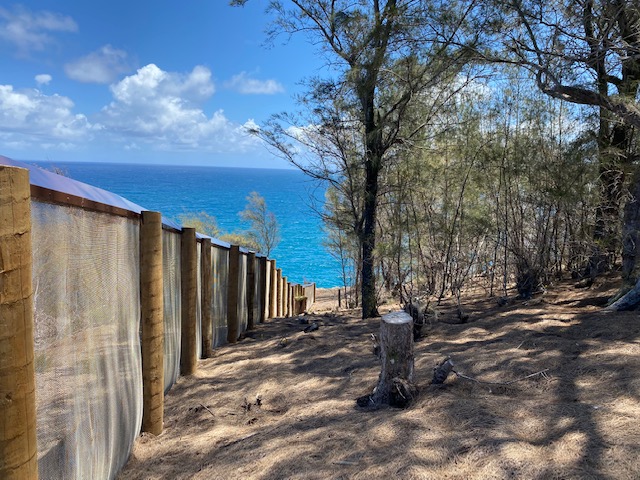
The new predator-proof fence goes up in October 2022 in the Kilauea Point National Wildlife Refuge, photograph from Pacific Rim Conservation
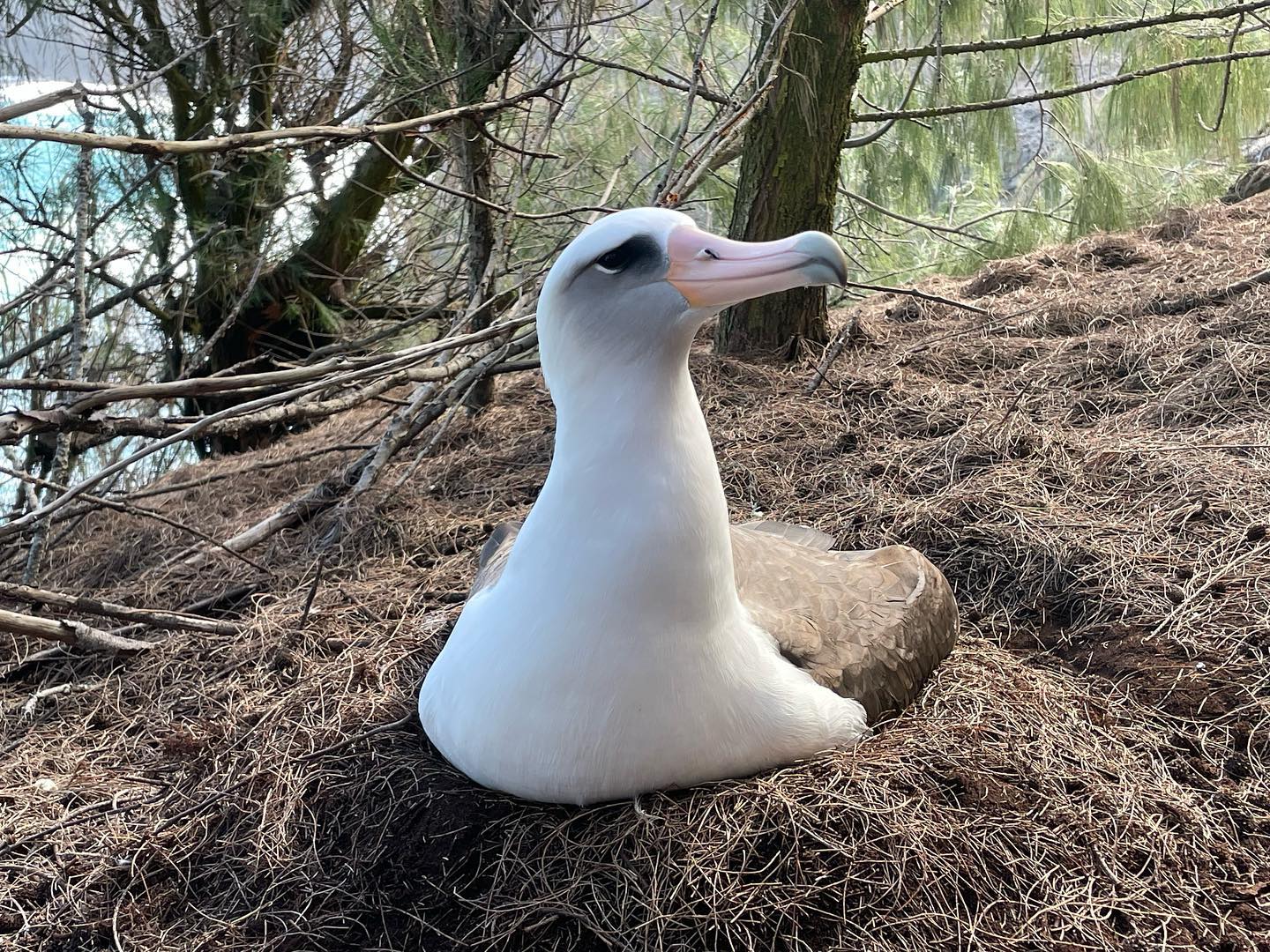
An incubating Laysan Albatross in the Kilauea Point National Wildlife Refuge, 04 December 2022, photograph from the Friends of Kauai Wildlife Refuges
Oahu
Egg laying has finished for Laysan Albatrosses this season with a reported 95 occupied nests in the Kaena Point Natural Area Reserve within a predator-proof fence, 46 in the Kuaokala Game Management Area which is fenced against pigs and dogs and nine at the James Campbell National Wildlife Refuge on Oahu. The last locality is where efforts have been made to create a new breeding colony within a predator-proof fence for both Black-footed and Laysan Albatrosses by hand-rearing translocated chicks and allowing them to fledge from the refuge, to return some years later to breed (click here). Pacific Rim Conservation writes “2022 was one of the worst albatross nesting years on record. With a strong La Nina (the opposite weather pattern of El Nino), their preferred foraging grounds move further north and thus give them longer commutes. With another La Nina expected for the 2023 breeding season, we are trying to keep our fingers crossed that the birds will do slightly better this year with the record number of nests we've seen [on Oahu].”
The first Black-footed Albatross of the season was seen in the reserve at Kaena Point on 15 November 2022 by Pacific Rim Conservation. “Typically, Black-footed Albatrosses come back a few days before the Laysans, but this pair is still relatively young and thus starting later. The female (colour band V949) arrived first and we are awaiting her mate.” Decoys and calls have been used in the hope they will improve the likelihood of the species breeding within the refuge. It is hoped the pair will breed this season, which would be the first time for the species on Oahu (click here).
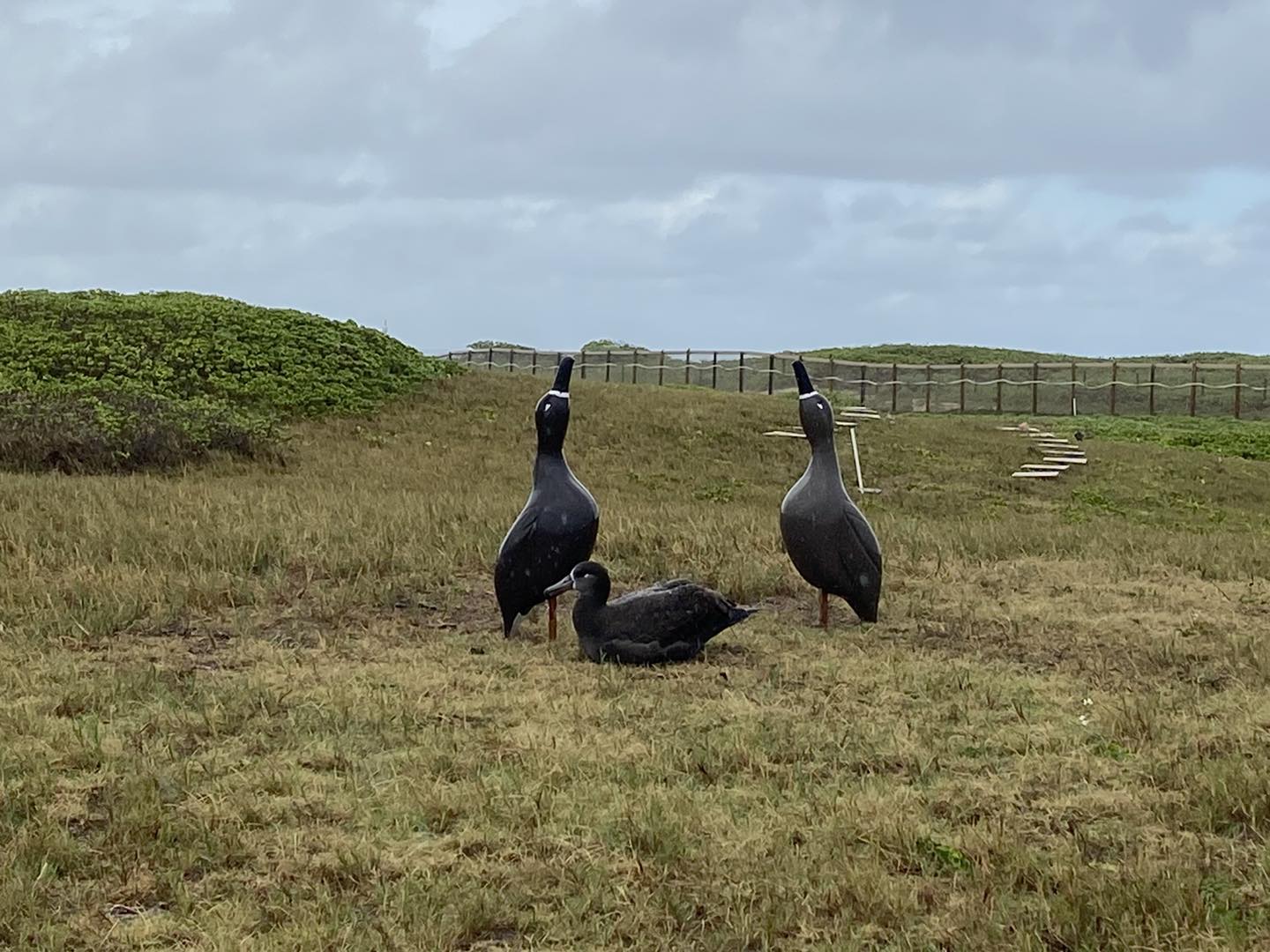
Black-footed Albatross V651 rests between two decoys within the fenced area at the James Campbell National Wildlife Refuge
A translocated Black-footed Albatross with colour band V651 returned to both Kaena Point and the James Campbell National Wildlife Refuge in December last year. The bird, identified as a female by Pacific Rim Conservation, was a member of the 2018 cohort translocated from Tern Island, French Frigate Shoals, making it a four-year-old at the time. Recent news from Pacific Rim Conservation is of another returning translocated Black-footed Albatross chick to the James Campbell National Wildlife Refuge. V674 is also a female from the same 2018 translocation cohort. This is the first time she’s been resighted on Oahu. This month a third banded bird of the 2018 cohort has been photographed next to the decoys, and a pair has been filmed mutually displaying in the refuge.
![P00[849:848] TT[115] E[163:0061]G[000:0x00] BV[129:1] IR[N:F:60] MOE[0:3]](/images/stories/acap/Birds/Albatrosses/B/Black_footed/Translocated_bird_returns.jpg)
V674 gets caught on camera on 28 December 2022
Such attempts to “micro-manage” albatross breeding populations are not common elsewhere. Japan has worked to create new breeding colonies for the globally Vulnerable Short-tailed P. albatrus on Torishima and in the Ogasawara Islands on Mukojima using decoys, calls and translocated chicks with some success. A similar operation to create a new colony of Black-footed Albatrosses on Mexico’s Isla Guadalupe is ongoing, with the third year of egg transfers from Midway Atoll by Pacific Rim Conservation taking place this month. However, the effort to eestablish a new colony of globally Vulnerable Chatham Albatrosses Thalassarche eremita in New Zealand has apparently not succeeded, although many translocated hand-fed chicks fledged over a five-year period (click here). Elsewhere in New Zealand, the well-known mainland colony of globally Endangered Northern Royal Albatrosses Diomedea sanfordi at Taiaroa Head is carefully managed by such regular practices as the use of artificial incubators around hatching time, combating fly strike and hot-weather days with insecticides and asprinklers respectively, regular weighing coupled with supplementary feeding of chicks deemed to be underweight, and the control of alien predators. A somewhat different case has tbeen the one-off attempts, mostly successful, to eradicate introduced rodents and feral cats on a number of sub-Antarctic islands over the last two decades or so (click on Island Eradications to access descriptions of several such eradications).
John Cooper, Emeritus Information Officer, Agreement on the Conservation of Albatrosses and Petrels, 17 January 2023
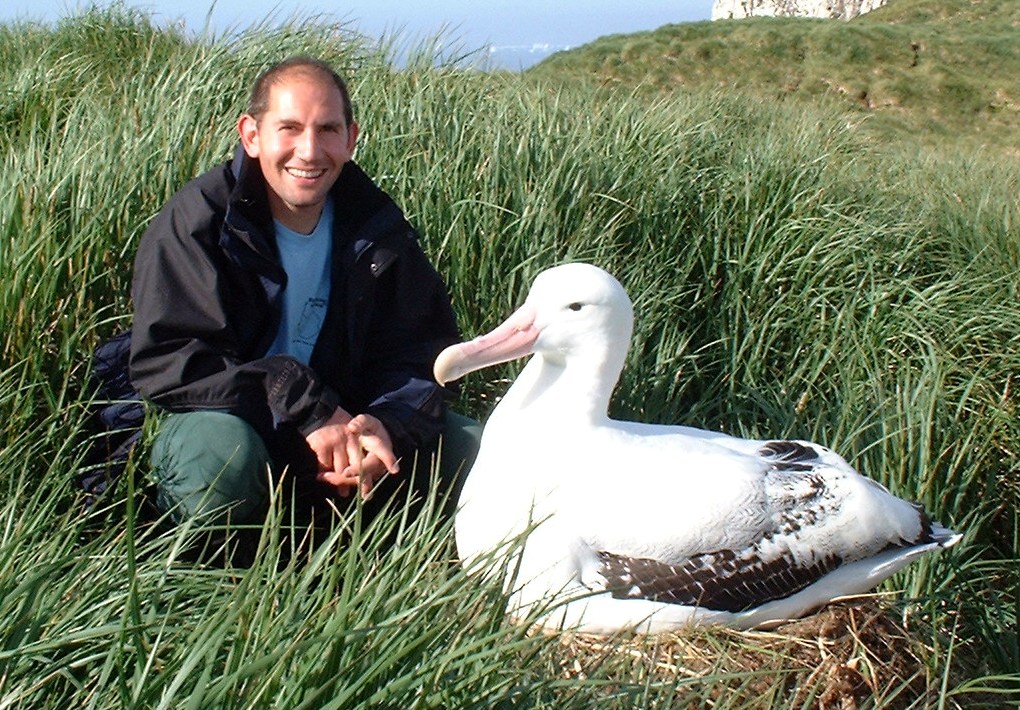
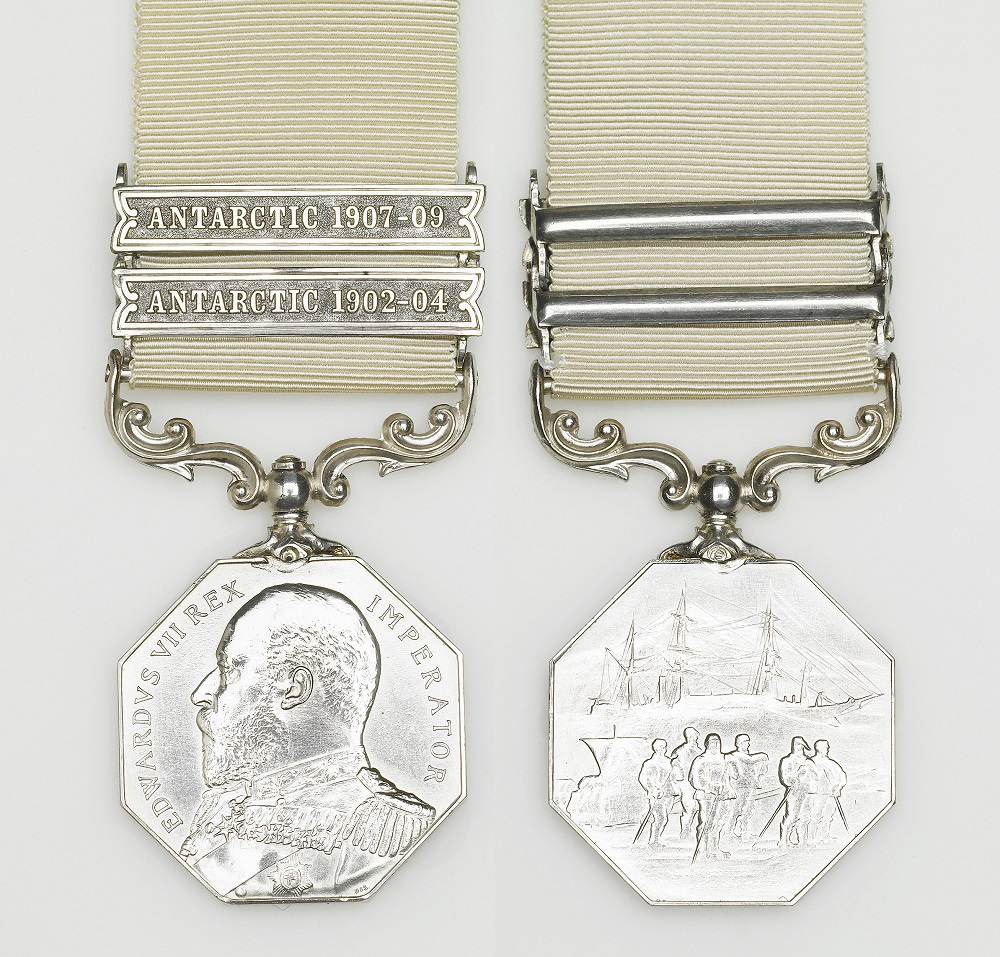

 English
English  Français
Français  Español
Español 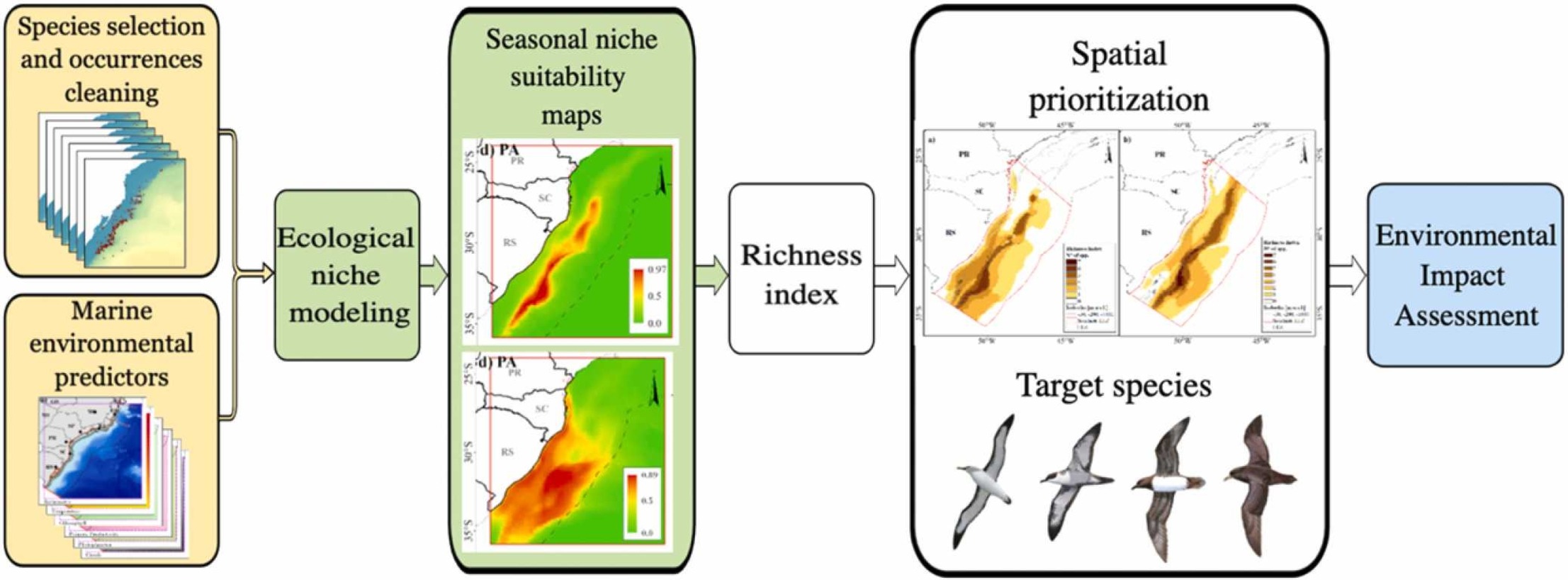 The graphical Abstract for the paper, "Environmental assessment of proposed areas for offshore wind farms off southern Brazil based on ecological niche modeling and a species richness index for albatrosses and petrels"
The graphical Abstract for the paper, "Environmental assessment of proposed areas for offshore wind farms off southern Brazil based on ecological niche modeling and a species richness index for albatrosses and petrels"




![P00[849:848] TT[115] E[163:0061]G[000:0x00] BV[129:1] IR[N:F:60] MOE[0:3]](/images/stories/acap/Birds/Albatrosses/B/Black_footed/Translocated_bird_returns.jpg)
